Analysis
Why Istanbul Contemporary Could Become One of the World’s Great Art Fairs
A sneak peek at what's on view at the city's oldest art fair.
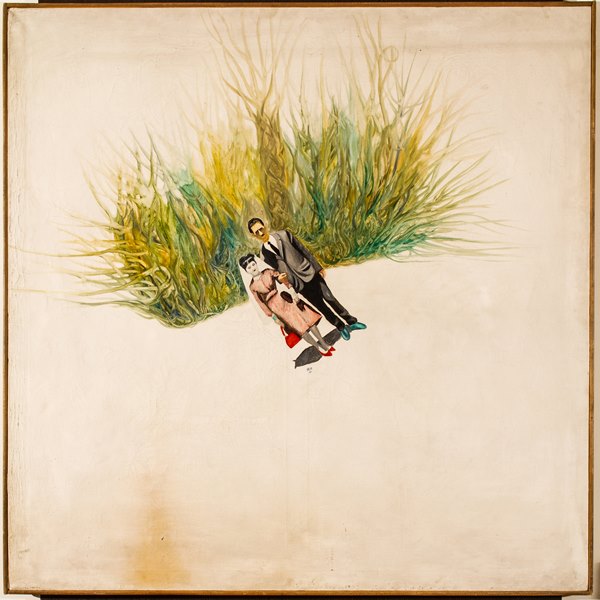
Image: Courtesy of Contemporary Istanbul.
A sneak peek at what's on view at the city's oldest art fair.

Myrna Ayad

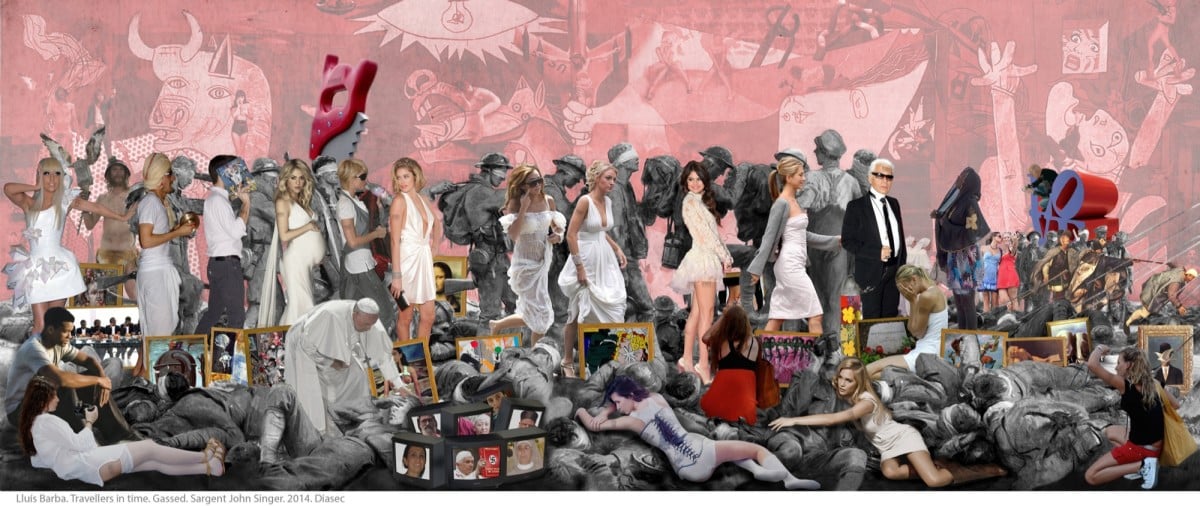
Lluís Barba, Sargent John Singer, Gassed Diasec (2014).
Image: Courtesy of Contemporary Istanbul / Galeria Contrast.
Right past immigration at Istanbul Atatürk Airport, facing an assortment of Duty Free cigarette boxes, M&Ms and wine bottles, is a portrait of Mustafa Kemal Atatürk set in a gilded frame. Towards the baggage carousel is a two-meter ad for the local retail brand Zühre, featuring a stylish, veiled woman. This welcome with images of the founder of the Republic of Turkey and an archetype of the modest contemporary Turkish woman pretty much sums up the country’s current divide between liberals and conservatives.
Many waited with bated breath for the 1 November elections, which saw, amidst two terror attacks in Ankara last month, fresh skirmishes in Kurdish areas and increasing restriction on press freedom, another win by Recep Tayyip Erdoğan’s Justice and Development Party.
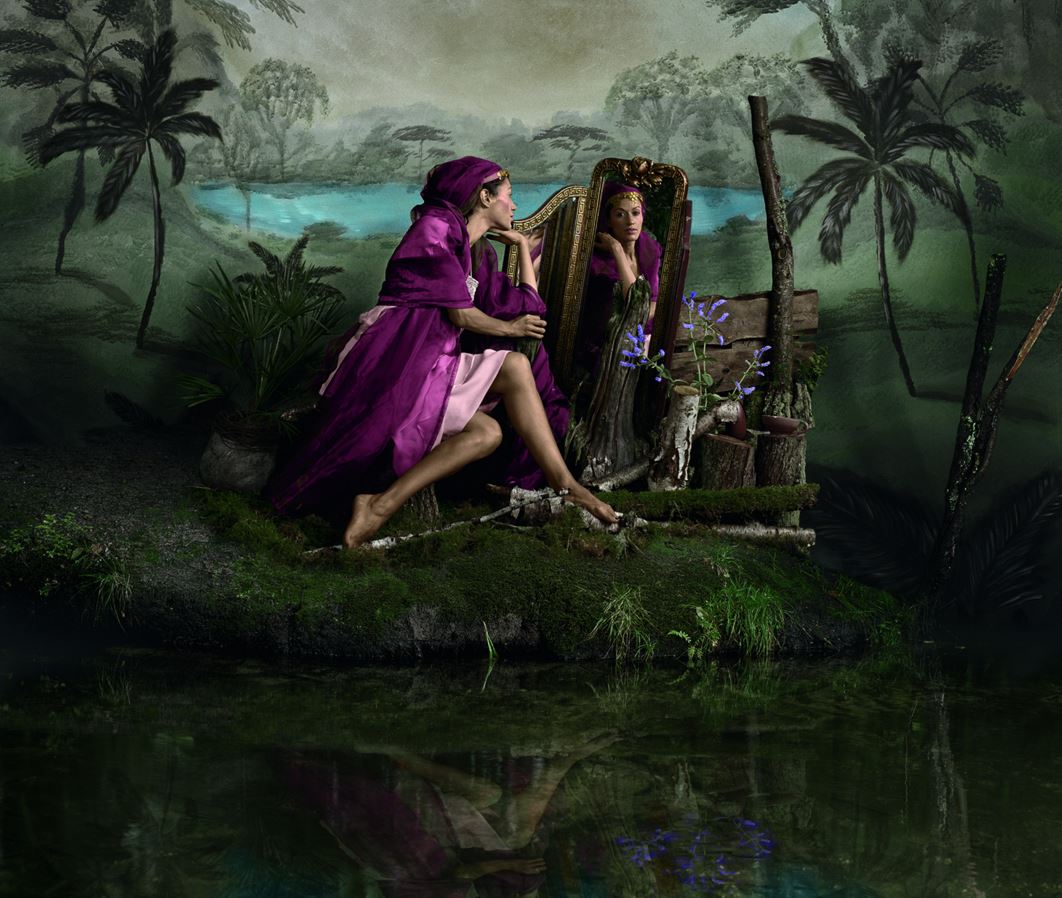
Rainer Elstermann, Orient Hejer (2010).
Courtesy of Contemporary Istanbul / Barbara Paci Galleria d’Arte.
The political pressure points have also altered art buying behavior, with liberals enthusiastic about blue-chip international names and conservatives geared more towards local, traditional talents. This had been the case for years, but seems to be gaining more traction with Erdoğan’s continued electoral success, and increasingly conservative platform. If Turks buy Turkish artworks, it’s by recognizable local stars.
It’s also interesting to note that in Turkey there are few, if any, tax incentives for corporations looking to build collections. There doesn’t seem to be an in-between, and no room for art from emerging markets, either. Not a single gallery from regional art centres such as Jeddah, Beirut or Dubai participated in Art International earlier in September. No gallery from these cities is participating in Contemporary Istanbul (CI) too—something that the fair’s founder and chairman, Ali Gureli, admits to being “strange”. He did manage, however, to secure Dar Al Anda gallery from Amman and two Tel Aviv galleries. “Despite a nervous situation in Istanbul right now, the Israelis are coming,” laughed Gureli.
Some say a middle ground in Turkey is contingent on the younger generation of collectors, who “grew up with a nationalistic agenda,” says writer and curator, Zeynep Uzuner. They are eager, she says, to support all things Turkish: from grassroots initiatives such as the Spot Foundation and the Saha Foundation, to younger galleries and artists. “This Turkish preoccupation with being pro-European began with Atatürk’s foundation of the republic,” says Uzuner. “In Turkey, if you want to be a respected collector, you need to buy Western art.”

Ghassem Hajizadeh, Untitled (1974).
Image: Courtesy of Istanbul Contemporary / The Mobarqa Collection.
“People started looking West because that’s where the country had oriented towards,” says Eda Kehale Argun, a senior consultant at Christie’s. “Today, people are divided into eastward and westward-looking collectors.” Gureli believes his decade-old fair has contributed to the change in buyer behavior and of exposing locals to international art. “From 102 galleries, we have over 40 non-Turkish participating spaces this year,” he says. Among these is CI returnee, Galerie Lelong from Paris and New York, which, adds Gureli, “sells works for figures like €350,000 ($376,000) at the fair.” For this edition, it brings works by Joan Miró, among others. Such pieces, says Uzuner, attract the Western-educated upper middle-class, keen on recognizable names.
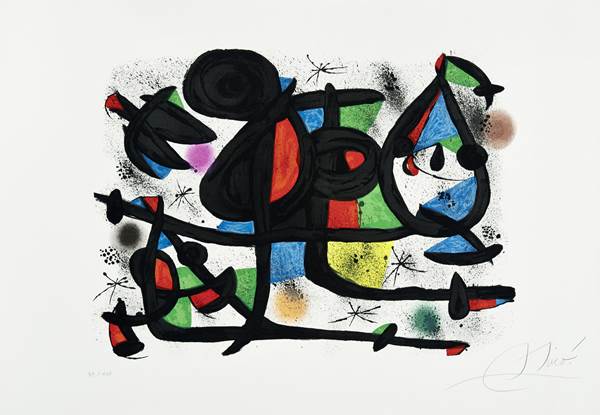
Joan Miró, La luge des amants I (1981).
Image: Courtesy of Contemporary Istanbul / Galerie Lelong.
Art International (AI), CI’s three-year-old ‘rival’ fair, seems to position itself in a Western context, with blue-chip participants such as Victoria Miro, which made the headline-grabbing sale of Yayoi Kusama’s painting for $912,000 within minutes of its last vernissage. “European artists did better this year,” says Dyala Nusseibeh, Director of AI. “Collectors are still looking to Europe, because in a way, Turkey is becoming more Islamic government-wise and the intelligentsia don’t want Turkey going that way.”
The West has done a good job at promoting its artistic wares in Turkey and also including Turkish artists to its gallery rosters—Galerie Lelong, for example, represents Turkish multimedia star Ramazan Bayrakoğlu, and the homoerotic hyperrealist painter Taner Ceylan shows through New York’s Paul Kasmin, which opened a pop-up gallery in Istanbul. Auction giants Christie’s and Sotheby’s have also included lots by Turkish artists in their Dubai and London sales, raising awareness for the country’s art scene. (A Turkish-only sale though, is yet to happen.)
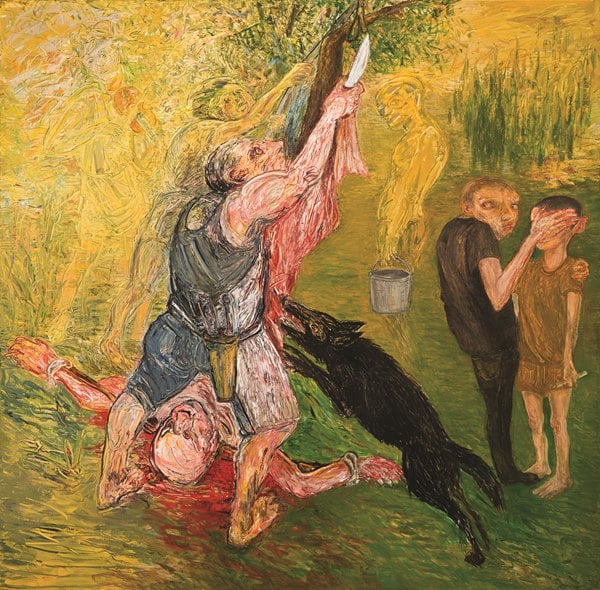
Mehmet Güleryüz, Titian’a Saygı : Marsyas ve Apollon (2015).
Image: Courtesy of Contemporary Istanbul / The Empire Project.
For many, though CI is a Contemporary art fair, it is positioned as somewhat traditional. “It is the oldest fair in the city and us galleries should try to be as supportive as possible,” says Art Sümer’s Asli Sümer, which shows work by three of its artists, priced at no more than €15,000 ($16,100). One thing is certain about CI: it definitely draws a massive Turkish crowd. Many, including Uzuner, have described the “bazaar mentality” of buyers at the fair.
The crowd factor is a pull for Istanbul spaces such as The Empire Project, which has participated in CI for several editions. “CI has the best sales results overall,” says the gallery’s Kerimcan Guleryuz, who presents artworks from as low as €500 ($540) to as high as €175,000 ($188,000), all by Turkish artists. As far as the Turkish art market is concerned, he says collectors are “less willing to take risks,” adding that, “this is sure to be a very critical year, not just in terms of the art market, but the overall path of Turkey as a whole.”
So far, indications point to a widening of the gap between conservatives and liberals. For fear of their assets, many of the latter are “moving their money out of Turkey,” says Uzuner. When that happens, no doubt industries will suffer—art included.
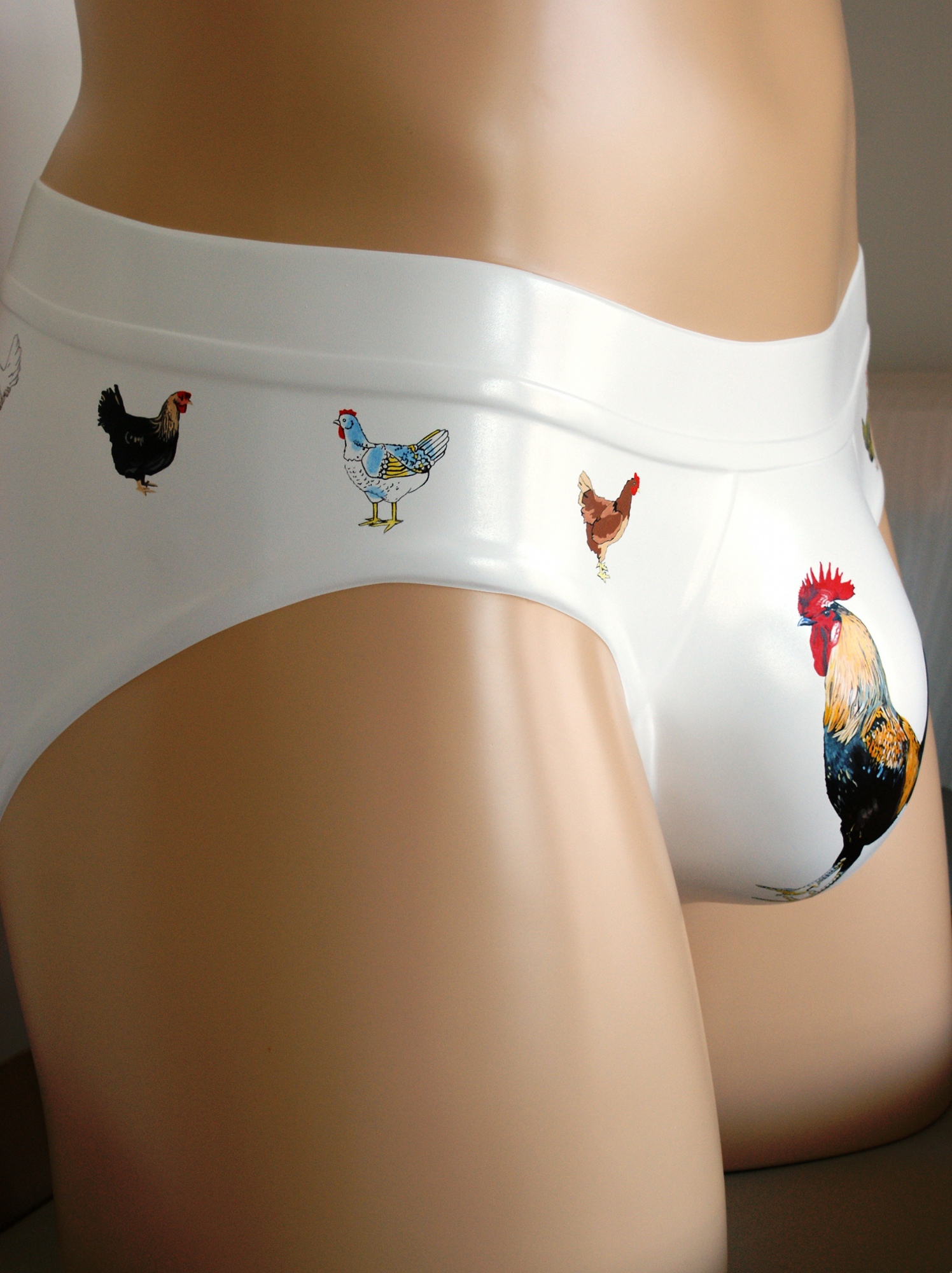
Nur Koçak, Denizli Cock (2012).
Image: Courtesy of Contemporary Istanbul / Gaia Gallery.